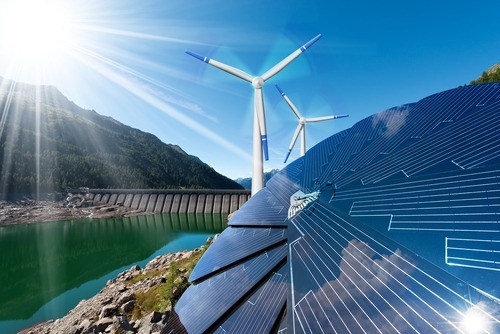Avista Utilities files Clean Energy Implementation Plan

Avista Utilities filed a Clean Energy Implementation Plan (CEIP) with the Washington Utilities and Transportation Commission – the first utility in the state to do so.
The CEIP is a road map of actions the company will take for the next four years 2025 to show the progress it has made toward clean energy goals established by the state’s Clean Energy Transformation Act (CETA). CETA, passed by the Washington legislature and signed into law in 2019, requires electric supply to be greenhouse gas neutral by 2030 and 100 percent renewable or generated from zero-carbon resources by 2045.
“This plan builds upon our longstanding commitment to environmental stewardship and sustainability,” Jason Thackston, Avista’s senior vice president of energy resources, said. “Our own clean energy goals and those set forth in CETA are ambitious, but we are committed to finding a path to get there in a way that balances reliability and affordability. This CEIP includes benchmarks created with customer input that has been invaluable to this process and helps ensure we are benefitting all our customers.”
Avista announced in 2019 that it is committed to achieving 100 percent clean electricity generation by 2045 and to have a carbon-neutral supply of electricity by the end of 2027. Currently, more than half of Avista’s current generating potential is clean hydropower, biomass, wind and solar.
In its CEIP, the company said it plans to serve 80 percent of its Washington customer demand with renewable energy in 2022, then increase this target by 5 percent every two years.
Further, the plan sets energy efficiency targets to reduce customer load by approximately 2 percent over the next four years by saving 204,305 megawatt hours through incentives and programs to lower energy use without impacting the customer. Avista’s demand response target is to lower peak demand by 30 megawatts in periods of extreme heat or cold.
In addition, Avista has proposed a set of Customer Benefit Indicators to be used to ensure the equitable distribution of energy and and reduction of burden to all customers and named communities. Also, Avista has proposed a Named Communities Investment Fund in which, if approved, it would invest up to $5 million annually in projects, programs, and initiatives that directly benefit customers residing in historically disadvantaged and vulnerable communities.
Avista Utilities provides electric service to 400,000 customers and natural gas to 367,000 customers in eastern Washington, northern Idaho, and parts of southern and eastern Oregon.
